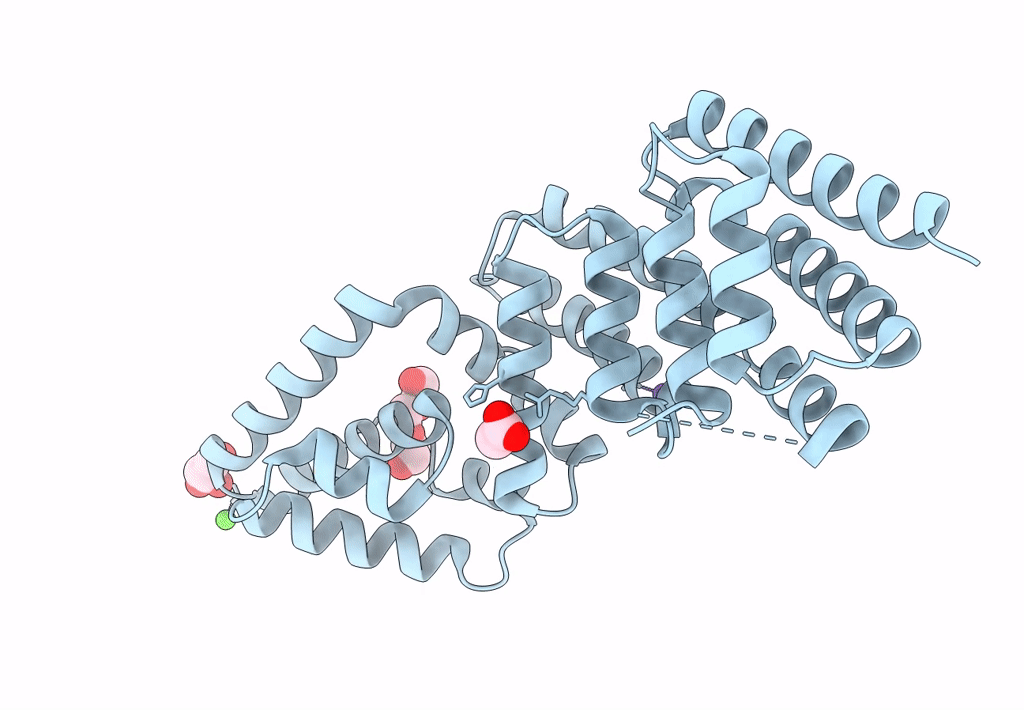
Deposition Date
2022-02-17
Release Date
2023-03-01
Last Version Date
2024-06-19
Entry Detail
PDB ID:
7YYG
Keywords:
Title:
Crystal structure of gatekeeper of type III secretion system in Bordetella BopN
Biological Source:
Source Organism:
Bordetella pertussis Tohama I (Taxon ID: 257313)
Method Details:
Experimental Method:
Resolution:
1.95 Å
R-Value Free:
0.20
R-Value Work:
0.17
R-Value Observed:
0.18
Space Group:
P 42 2 2


